Every Stargazing Event You Should Put on Your Calendar Through 2024
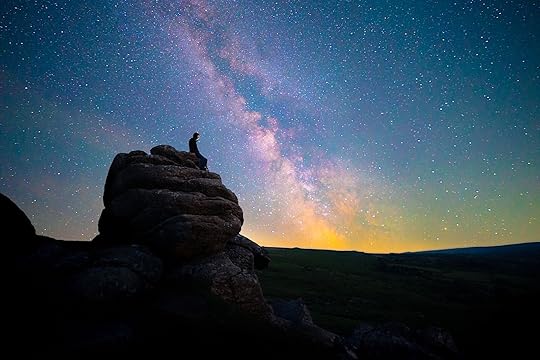
This year has treated us to fairly dazzling sights in our night sky, but it’s not done yet. We still have a hand full of epic meteor showers, a supermoon, and an annual solar eclipse to come. If you live in a dark sky area with little light pollution, you’re in luck. If not, getting out of your town or city will greatly enhance your experience of these events. As will the aid of stargazing gear. But if conditions are favorable, many of these events will be visible to the naked eye. As we turn to next year, 2024 promises magical astronomical happenings every month, the highlight being the total solar eclipse in April. Whether you’re a beginner stargazer without equipment, or a seasoned astronomer, here’s every date you need to put down on your astronomy calendar.
Astronomy events 2023September 2023October 2023November 2023December 2023Astronomy events 2024January 2024February 2024March 2024April 2024May 2024June 2024July 2024August 2024September 2024October 2024November 2024December 2024September 2023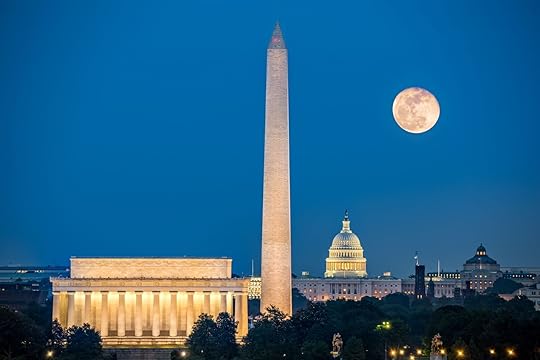
Photo: Mihai_Andritoiu/Shutterstock
New moon (September 15)Dates of new and full moons have been included because they can transform your stargazing experience. New Moon nights are the best time for observations, as the darker skies allow for an unobstructed view of the cosmos.
Neptune at opposition (September 19)This positioning means the planet is at its closest approach to Earth, which consequently makes it appear brighter and larger in the sky. For those with telescopes or stargazing binoculars, this is the best time to observe Neptune in detail.
Mercury at its greatest western elongation (September 22)From a stargazer’s perspective, this event is significant because it is one of the best opportunities to view Mercury. Since Mercury is closer to the Sun and often gets lost in the Sun’s glare, it’s challenging to observe. However, during the greatest western elongation, Mercury is visible before sunrise, offering a clearer view of the planet.
September Equinox (September 23)On the day of the September Equinox, also known as the Autumnal Equinox, the length of day and night is nearly equal. It also signals the start of fall, which brings longer nights. And those longer and darker nights are, of course, ideal for stargazing. Around this time, certain constellations become more visible. In the northern hemisphere, you should be able to spot Pegasus and Andromeda.
Full moon, supermoon (September 29)Although the glare from the full moon might disrupt a view of stars, it’s still an exciting time for those who love to watch the skies. A supermoon occurs when the moon is at the closest point in its orbit to the Earth. This makes the moon appear especially big and bright in the night sky.
October 2023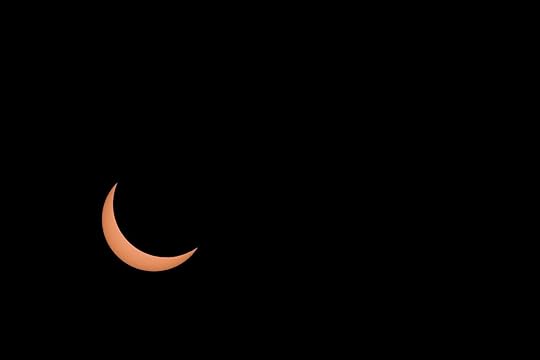
Photo: Tyler Hulett/Shutterstock
Draconids Meteor Shower (October 8 — 9)It might sound like something from Game of Thrones, but the name “Draconid” comes from the constellation Draco, the dragon, from which the meteors appear to radiate. The shower happens when the Earth passes through the debris left by the Comet 21P/Giacobini-Zinner. It provides an opportunity to observe the remnants of this comet as they burn up in the Earth’s atmosphere, creating a dazzling display of shooting stars.
New moon and annular solar eclipse (October 14)An annular solar eclipse, also known as a “ring of fire” solar eclipse, will be seen from eight US states. This phenomenon occurs when the Moon covers the face of the Sun, leaving a bright ring around its silhouette. This eclipse will cross Texas, visiting metropolitan areas like Midland and Odessa, San Antonio, and Corpus Christi. The path will move from the Oregon coast southwest to Texas. As it strikes Oregon, it will be 137 miles wide.
Orionids Meteor Shower (October 20 — 21)The Orionids Meteor Shower is an annual astronomical event that stargazers look forward to each year. This meteor shower usually lasts for about a week in late October, with meteors occurring at rates of 50 — 70 per hour in some years. The Orionids are known for their brightness and speed. These meteors are fast — they travel at about 148,000 mph into the Earth’s atmosphere. Fast meteors can leave glowing trains (incandescent bits of debris in the wake of the meteor) which last for several seconds to minutes.
Venus at its greatest western elongation (October 23)During this time, Venus can be observed for several months, making it an excellent opportunity for stargazers and astronomers. It’s especially noticeable because of its brightness. It’s often mistaken for a star and called the Morning Star or Evening Star, depending on the time of day it’s observed.
Full Moon and a partial lunar eclipse (October 28)The partial lunar eclipse will follow the solar eclipse on October 14. A partial lunar eclipse occurs when the Earth moves between the Sun and the Moon, but they do not form a perfect line. As a result, only a part of the Moon is covered by the Earth’s shadow.
November 2023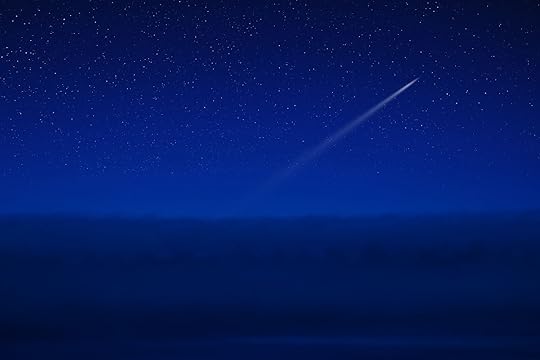
Photo: AstroStar/Shutterstock
Jupiter at opposition (November 3)During this time, the Sun, Earth, and Jupiter align in a straight line, with Earth being the middle object. This alignment is known as “opposition” because Jupiter appears opposite the sun from our perspective on Earth. The planet will rise in the east as the sun sets, enabling it to be visible the entire night.
Taurids Meteor Shower (November 4 — 5)The Taurids are known for their fireballs, which are larger explosions of light and color that can persist longer than an average meteor streak. This is because Taurid meteors are made up of larger particles of debris. However, it’s worth noting that the Taurids is a long-running minor meteor shower that typically only produces about five to ten meteors per hour. Despite the lower frequency, the spectacle of seeing a Taurid fireball can make the wait worthwhile.
New moon on the same day Uranus is at opposition (November 13)This is the best time to view and photograph Uranus. The skies will be darker due to the New Moon, providing an excellent backdrop for viewing the planet. However, even at its brightest, Uranus is just barely visible to the naked eye under perfect conditions, and seeing it would require a very dark sky away from city lights and a telescope or a good pair of binoculars.
Leonids Meteor Shower (November 17 — 18)The Leonids Meteor Shower is active between November 3 and December 2, but is expected to peak on the nights of November 17 and 18. This shower is known for its fast meteors and can produce up to 15 per hour during its peak. However, in some years, it can even bring an outburst of up to 250 meteors. For stargazers, this means a spectacular display of shooting stars that can be observed without special equipment. The best time to watch the Leonids is late on the night of November 17 until dawn the following morning.
Full moon (November 27)December 2023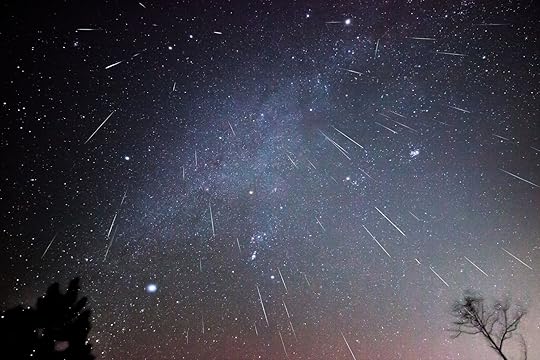
Photo: Genevieve de Messieres/Shutterstock
Mercury at greatest eastern elongation (December 4)This one of the few times when Mercury, which is often difficult to observe due to its close proximity to the Sun, becomes more easily visible in the sky. During this period, Mercury can be seen low in the sky just after sunset, making it a prime time for observation.
Full moon (December 12)Geminids Meteor Shower (December 13 –14)This shower gets its name as the meteors seem to radiate from the constellation Gemini. It peaks between Dec 14 and Dec 15, and on a very clear night, it can produce up to 150 shooting stars. It also occurs during a new moon phase, which means a moonless night. This makes it easier to see meteors as they pass.
Ursids Meteor Shower to wrap up the year (December 21 — 22)This meteor shower, also known as Ursids, coincides with the time of the Winter Solstice and is often the last stargazing event of the year. The Ursids provide a beautiful spectacle, with shooting stars that can be seen without equipment. While it’s not as well-known or as prolific as other meteor showers, the Ursids can still offer a rewarding experience for those willing to brave the winter night.
January 2024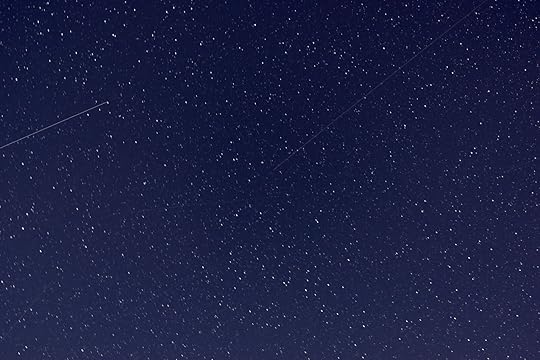
Photo: Oleksandr Masnyi/Shutterstock
Quadrantids Meteor Shower (January 3 — 4)This is often one of the strongest meteor showers of the year, capable of showcasing up to 120 meteors per hour at its peak. The Quadrantids are active between December 27 and January 12, but their peak is usually quite narrow, lasting only a few hours. This makes the timing of the viewing crucial. In 2024, the peak is set for around 4:00 AM EST on January 4.
New Moon (January 11)Mercury at greatest western elongation (January 12)Full moon (January 25)February 2024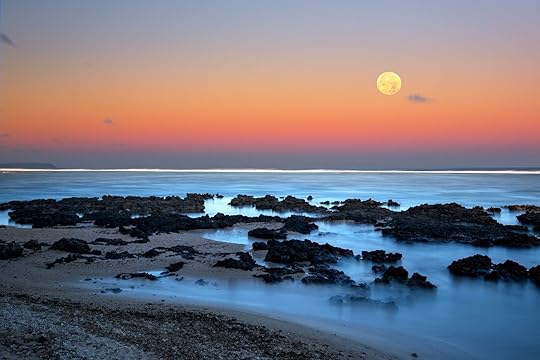
Photo: J nel/Shutterstock
New moon (February 9)Again, keep in mind in the phase of a new moon, the Moon is directly between the Earth and the Sun, rendering it invisible from our perspective. This absence of moonlight results in darker skies, which are ideal for viewing celestial objects such as stars, planets, and galaxies.
Full moon (February 24)March 2024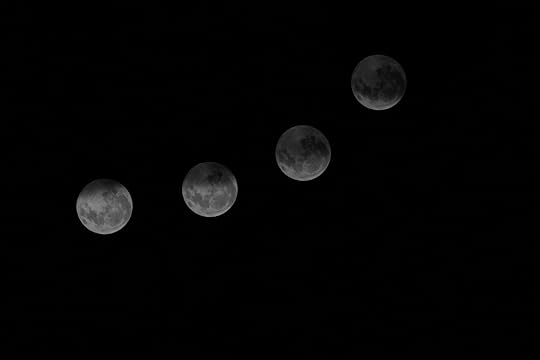
Photo: Shreyas Satpute/Shutterstock
New moon (March 10)March Equinox (March 20)This event marks the beginning of spring in the Northern Hemisphere and is characterized by equal hours of day and night.
Mercury at greatest eastern elongation (March 24)Full moon (March 25)Penumbral lunar eclipse (March 25)A penumbral lunar eclipse is a celestial event that occurs when the moon passes through the faint, outer part of Earth’s shadow, known as the penumbra. During this type of eclipse, the Moon doesn’t darken completely like in a total lunar eclipse. Instead, it only slightly dims and often goes unnoticed by the casual observer. It’s subtle, and very difficult to observe, which makes it fascinating for stargazers and astronomy enthusiasts who enjoy the challenge of spotting these elusive events.
April 2024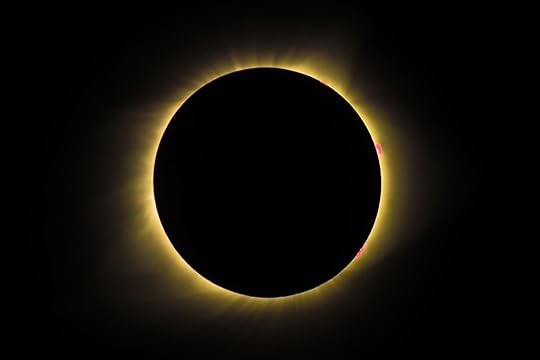
Photo: Rajh.Photography/Shutterstock
New Moon (April 8)Total solar eclipse (April 8)This eclipse will trace a narrow path of totality across 13 states. The event will last around five minutes. This duration is almost double the length of some previous eclipses.
Lyrids Meteor Shower (April 22 — 23)The Lyrids Meteor Shower is one of the oldest known meteor showers. It’s usually active between April 16 and 25 every year and tends to peak around April 22 or 23. Lyrids are known for their occasional outbursts where the rate of meteors can surge up to 100 per hour.
Full moon (April 23)May 2024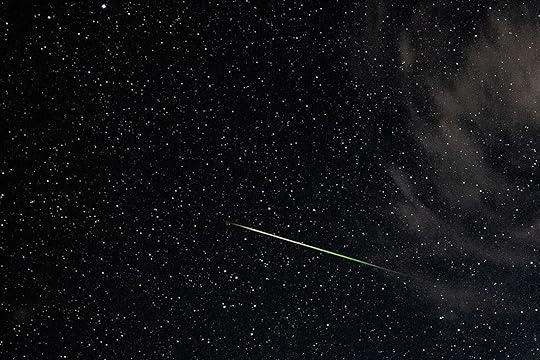
Photo: Jimmy Walsh/Shutterstock
Eta Aquarids Meteor Shower (May 6 — 7)This meteor shower is known for its speed and originates from the famous Halley’s Comet. During the peak, meteors can be seen streaking across the sky at high speeds, creating a beautiful display. However, it’s worth noting that the visibility of the Eta Aquarids can vary depending on your location. The shower tends to favor the Southern Hemisphere, but can still be viewed from other parts of the world. In the US, the best time to view the shower is during the early hours of the morning.
New Moon, prime time for observing faint celestial bodies like galaxies and star clusters (May 8)Mercury at greatest western elongation, offering an optimal viewing of Mercury in the morning sky (May 9)Full Moon, also known as the Flower Moon (May 23)A Flower Moon is the name given to the full moon that occurs in May. This name originates from the abundance of flowers that typically bloom in May in many parts of the world.
June 2024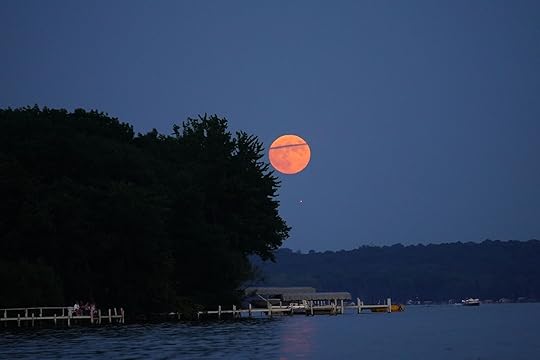
Photo: Aaron of L.A. Photography/Shutterstock
New moon (June 6)Summer Solstice, marking the commencement of summer in the Northern Hemisphere (June 20)Summer Solstice marks the time when the Earth’s northern hemisphere tilts towards the Sun, causing the daytime star to appear higher in the sky. This position allows the sun to spend more time above the horizon, providing more daylight for observers on Earth.
Full moon, commonly referred to as the Strawberry Moon (June 22)The Strawberry Moon is the full moon in June and it gets its name from the wild strawberries that ripen during this month.
July 2024
Photo: Susan Marrah Photography/Shutterstock
New moon (July 5)Full moon also known as the Buck Moon (July 21)A Buck Moon refers to the full moon that occurs every July. This name originates from the fact that the antlers of male deer, also known as bucks, are in full-growth mode during this period.
Mercury at greatest eastern elongation, providing the best view of Mercury in the evening sky (July 22)Delta Aquarids Meteor Shower, generating up to 20 meteors per hour (July 28 — 29)For stargazers in the US, the Delta Aquarids serve as a warm-up for the more prolific Perseid meteor shower, which reaches its peak in mid-August. The Delta Aquarids may be a bit more difficult to spot due to their faintness. But under dark, clear skies away from city lights, you can expect to see about 10 to 20 meteors per hour during the peak.
August 2024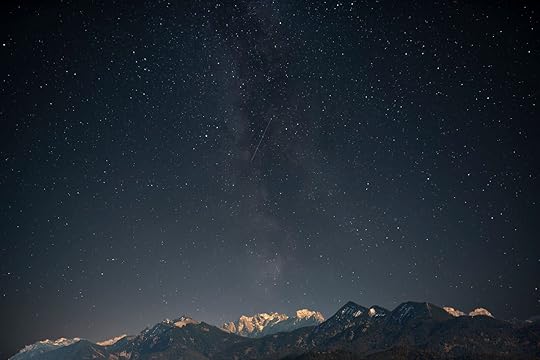
Photo: Vytautas Kielaitis/Shutterstock
New moon (August 4)Perseids Meteor Shower, producing up to 60 meteors per hour (August 12 — 13)The Perseid meteor shower is an annual astronomical event that is eagerly anticipated by stargazers in the US and around the world. It is one of the most impressive meteor showers of the year because it can produce a high rate of shooting stars that frequently leave persistent colorful trails across the sky. Again, for the best viewing experience, it’s recommended to find a location away from city lights.
Full moon, known as the Sturgeon Moon (August 19)The Sturgeon Moon is the name given to the full moon of August. This name is derived from the large number of sturgeon fish that were traditionally found in the Great Lakes and Lake Champlain during this time of the year.
September 2024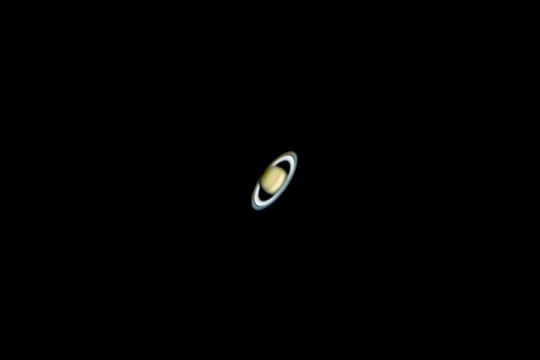
Photo: abriendomundo/Shutterstock
New moon, best for observing faint celestial objects (September 3)Mercury at greatest western elongation, great for viewing Mercury in the morning sky (September 5)Saturn at opposition, a perfect time for viewing and photographing Saturn and its moons (September 8)Stargazers should be able to observe Saturn more clearly on this night, even with unaided eyes, by looking in the east-southeast direction after sunset. It will stand out in the sky, appearing as a bright yellowish star.
Full moon, also a supermoon, closest to Earth and appearing larger and brighter than usual (September 18)Partial lunar eclipse, visible in certain parts of the world including North and South America, and parts of Europe and Africa (September 18)Neptune at opposition, the best time to view and photograph Neptune (September 20)September Equinox, signaling equal day and night, and the start of fall in the Northern Hemisphere (September 22)Fall is a fantastic time for stargazing in the US. This transitional season provides an opportunity to observe the night sky with family and friends before the weather becomes too chilly.
October 2024
Photo: Brian Spencer/Shutterstock
New moon, perfect for observing faint objects in the night sky (October 2)Draconids Meteor Shower, a minor shower generating about 10 meteors per hour (October 7)Full moon and supermoon that may look larger and brighter due to its proximity to Earth (October 17)Orionids Meteor Shower, an average shower producing up to 20 meteors per hour (October 21 — 22)November 2024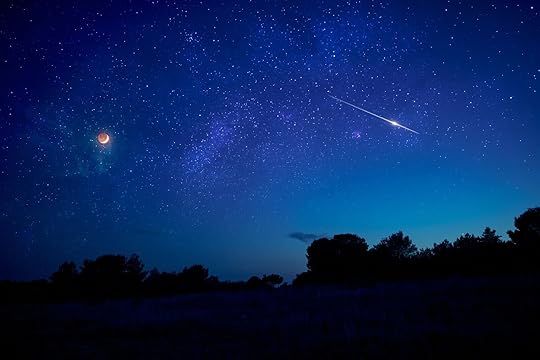
Photo: AstroStar/Shutterstock
New moon, invisible in the night sky (November 1)Taurids Meteor Shower, a long-running minor meteor shower that produces five to ten meteors per hour (November 4 — 5)December 2024
Photo: wewi-creative/Shutterstock
New moon (December 30)End the year with a stargazing session in your favorite dark sky spot on a moon-less night. 
Matador Network's Blog
- Matador Network's profile
- 6 followers



